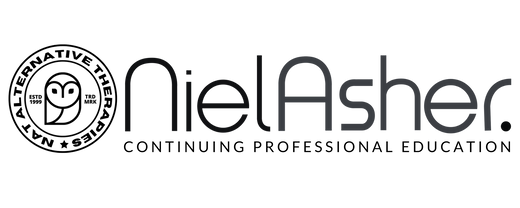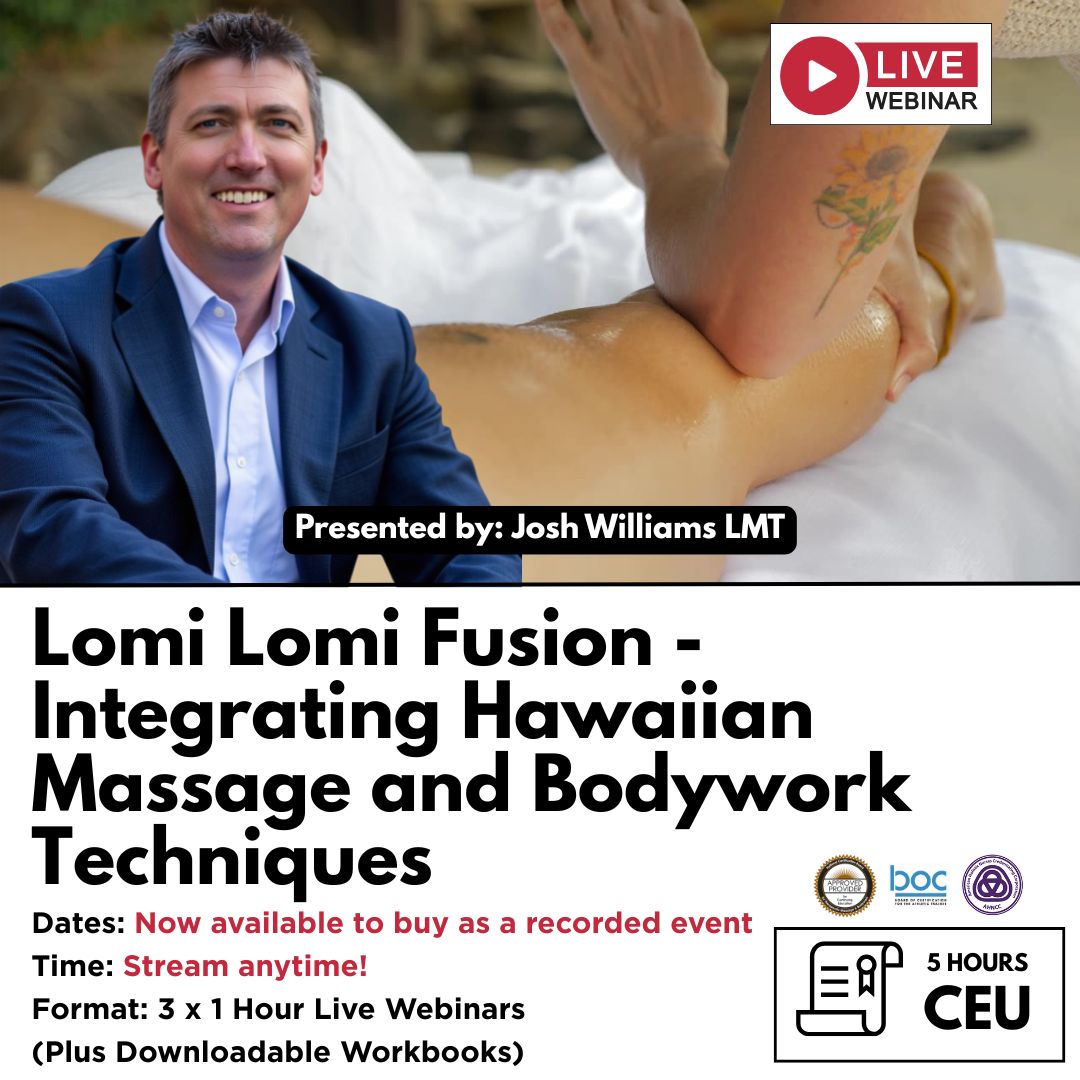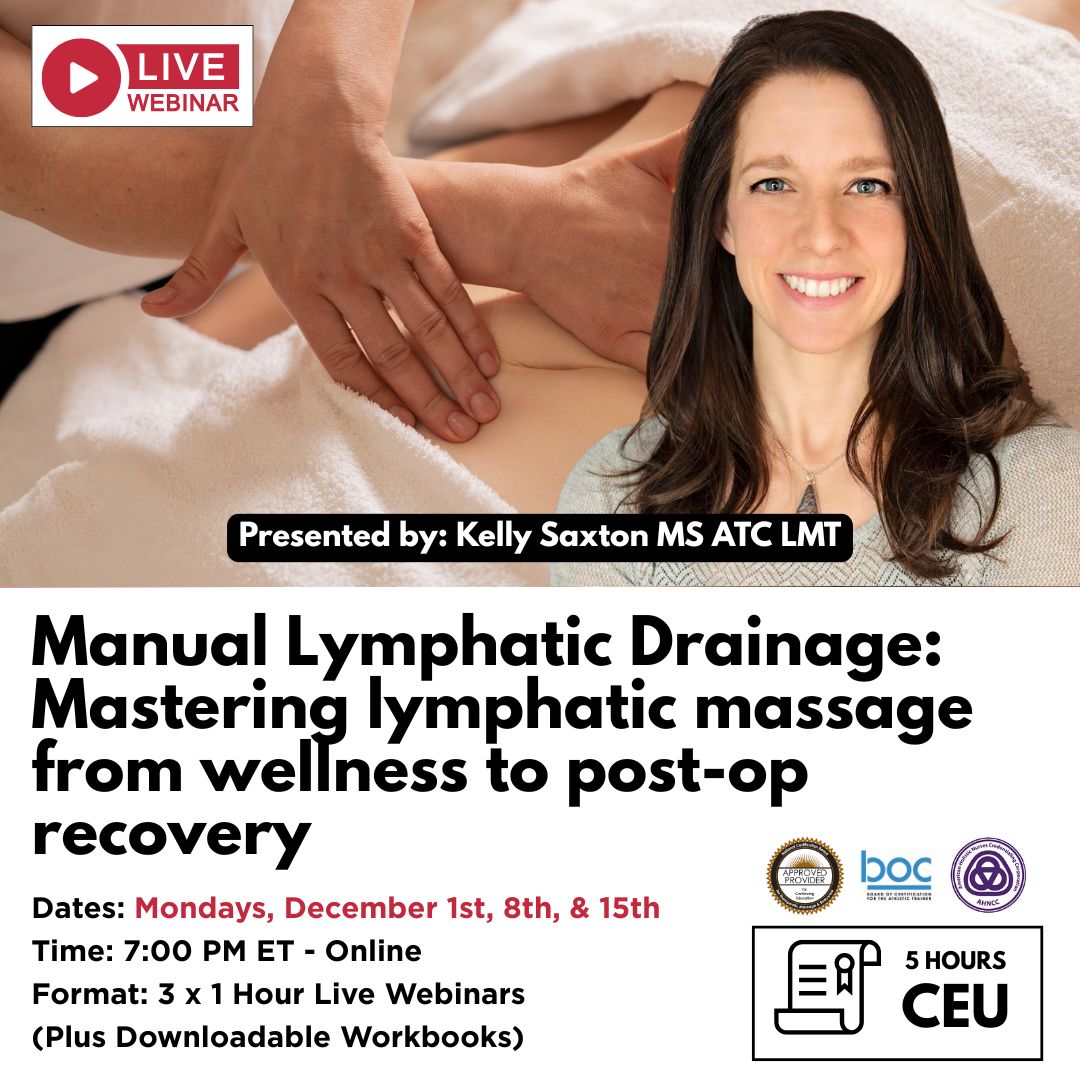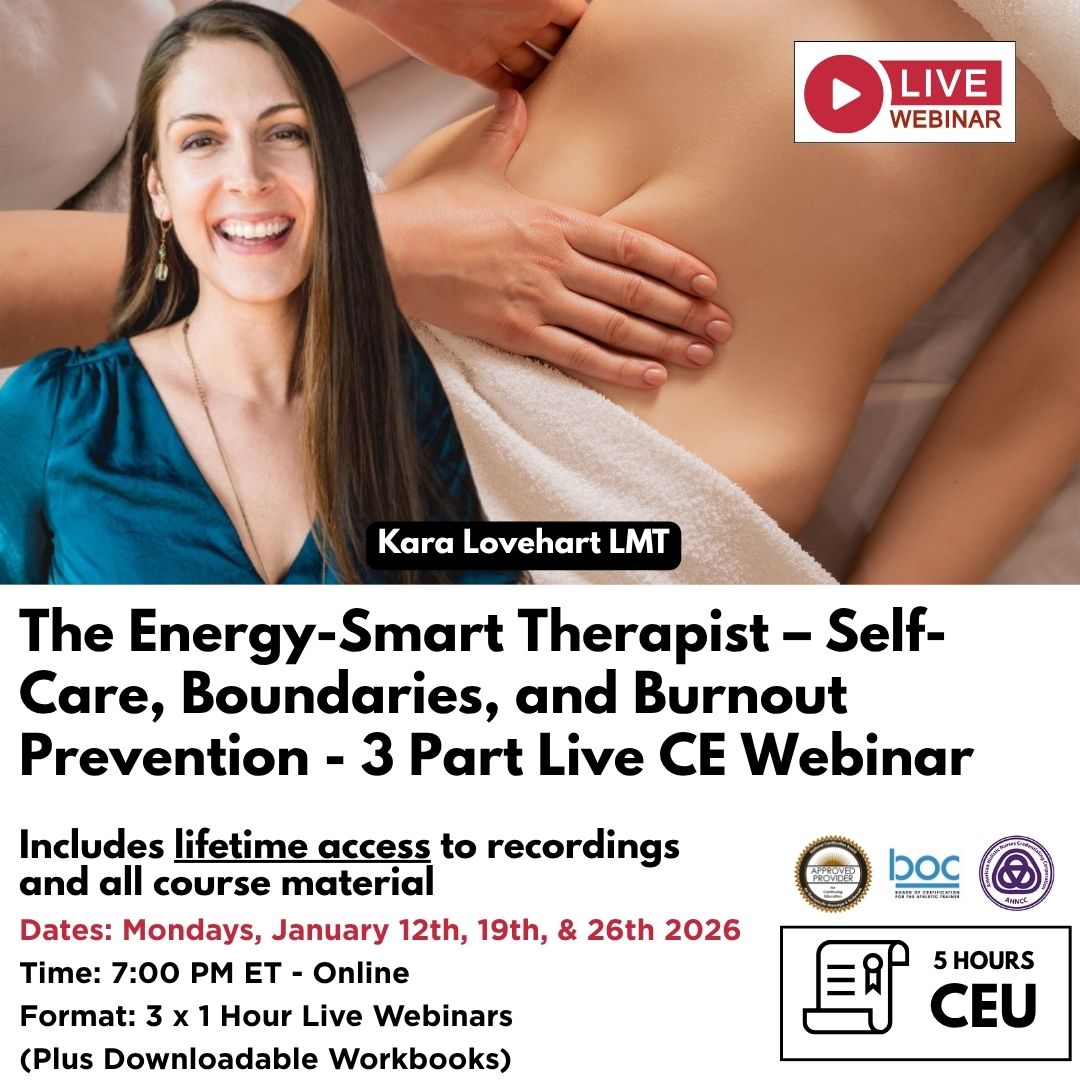Trigger Point Release for Sternocleidomastoid (SCM)

ActiveTrigger Points in the Sternocleidomastoid (SCM) Can Appear for a Host of Reasons - the Symptoms Can Often be Chronic Pain
Trigger Point Anatomy - Sternocleidomastoid (SCM)
This Sternocleidomastoid is a long strap muscle with two heads. It is sometimes injured at birth, and may be partly replaced by fibrous tissue that contracts to produce a torticollis (wry neck). A hugely important muscle for trigger point therapists.
Generally speaking, the sternocleidomastoid is the muscle that most people feel hurting or tense when performing sit-ups.
When short, it changes the position of the head on the neck, resulting in a forward-head posture; this sets up the foundation for kinetic chain pain and postural changes, leading to compensation, change of gait, and decompensation.
Rounded shoulders often have their roots in a short sternocleidomastoid.
Treating SCM Trigger Points
Sternocleidomastoid Muscle
Having a Sternocleidomastoid muscle can be a great benefit, but there are a number of things that you need to know about it. You need to know how it works, how it can be injured, and what kinds of treatment options are available to you.
About the Sternocleidomastoid Muscle SCM
Physiotherapy interventions for Sternocleidomastoid Muscle (SCM) involve assessing the patient's postural abnormalities and grading muscular strength on an objective scale. The goal is to restore movement without pain.
The SCM is a long, bilateral muscle located in the neck. It runs from the collarbone to the back of the ear. Its insertion is on the lateral half of the superior nuchal line of the occipital bone. The SCM bears attachments to the mastoid process of the temporal bone and the manubrium of the sternum.
The SCM can produce several neck movements. Contractions of both SCM muscles at the same time flex the neck and rotate the head to one side. The SCM on the right side of the neck turns the head to the right while the SCM on the left side of the neck rotates the head to the left.
Common Injuries of the Sternocleidomastoid Muscle
Among the largest muscles of the cervical spine, the Sternocleidomastoid (SCM) muscle can cause pain when injure. This muscle is found on either side of the neck and helps with movement of the head. The SCM also helps with chewing.
The SCM muscle attaches to the sternum and clavicle. The muscle acts to obliquely rotate the head. It also flexes the neck.
Pain from the Sternocleidomastoid muscle can occur due to injury or imbalance. This muscle is also associated with nerves in the neck, so pain in the neck can be related to pain elsewhere in the body. The pain can radiate into the forehead, eyes, and sinuses.
If you have pain in the Sternocleidomastoid, try a few gentle exercises to stretch the muscles and restore their strength. This can also help prevent chronic injuries. It is advisable to discuss the injury with your doctor before exercising. If it does not go away, surgery may be necessary.
How to Stretch the Sternocleidomastoid Muscle
Having a tight Sternocleidomastoid Muscle can cause a lot of pain and discomfort in the neck. Stretching this muscle will help to relax it, releasing trigger points and giving you relief from neck pain.
To stretch this muscle, you need to position your body correctly. This is an important step in stretching and should be done before attempting any other stretching routines. This can help prevent injuries. It is also important to breathe deeply while doing this stretch. This will help the muscle to absorb more oxygen.
Stretching the Sternocleidomastoid muscle will help you to relieve neck pain, and will help to restore your range of motion. This muscle will also reduce your risk of a stroke.
To stretch the Sternocleidomastoid, you need to position your body correctly. Your chin should be perpendicular to your neck and your shoulders should be lowered. This will ensure that you are not stretching your head too far. This stretch should be performed twice a day for best results. If you experience pain during a stretch, stop immediately.


Massage Therapy for the Sternocleidomastoid Muscle
Using massage therapy for the Sternocleidomastoid muscle can help to reduce neck pain and headache. This muscle is one of the largest superficial muscles in the neck. It helps to stabilize the head and neck when it is in the forward and backward positions.
This muscle is located on the base of the skull and it attaches to the sternum. It is responsible for a number of head and neck movements, including flexion, extension, rotation, and tilting.
The SCM muscle is also involved in chewing and swallowing. It helps to stabilize the jaw and prevent hyperextension of the head. It can also be injured in accidents. The muscle has several trigger points that can cause pain. These trigger points can be located on the face, neck, ear, cheek, and forehead.

Alternative Therapies for the Sternocleidomastoid
Often, the Sternocleidomastoid (SCM) muscle is overactive in individuals with chronic neck pain. A large muscle located near the front of the neck, the SCM muscle has innervation from multiple nerve branches. It extends the upper cervical joints and plays a role in rotation.
Its location and underlying anatomy make it vulnerable to injury. Injuries can occur from trauma, lifting heavy objects, and other causes. In some cases, surgery is needed. X-rays can help to rule out broken bones. Other methods of diagnosis include ultrasound and imaging scans.
Acute injuries can be treated with physiotherapy and medication. Chronic injuries may require physical therapy to help improve range of motion. Physical therapy can also prevent injuries from occurring in the future.
Some studies have shown that spinal manipulation can improve range of motion, voice quality, and muscle tension. In addition, transcutaneous electrical nerve stimulation has been shown to reduce root media readings in the trapezius muscles.
Trigger Point Referred Pain Patterns
Sternal head: pain in occiput, radiating anteriorly to eyebrow, cheek, and throat (eye and sinus). Clavicular head: frontal headache, earache, mastoid pain (dizziness and spatial awareness).
Indications
Tension headache, whiplash, stiff neck, atypical facial neuralgia, hangover headache, postural dizziness, altered SNS symptoms to half of face, lowered spatial awareness, ptosis.
May also be associated with (existing) persistent dry, tickling cough, sinusitis and chronic sore throats, increased eye tearing and reddening, popping sounds in the ear (one sided), balance problems, and veering to one side when driving.


This blog is intended to be used for information purposes only and is not intended to be used for medical diagnosis or treatment or to substitute for a medical diagnosis and/or treatment rendered or prescribed by a physician or competent healthcare professional. This information is designed as educational material, but should not be taken as a recommendation for treatment of any particular person or patient. Always consult your physician if you think you need treatment or if you feel unwell.

Continuing Professional Education
Looking for Massage Therapy CEUs, PT and ATC continuing education, chiropractic CE, or advanced manual therapy training? Explore our evidence-based online courses designed for hands-on professionals.


















